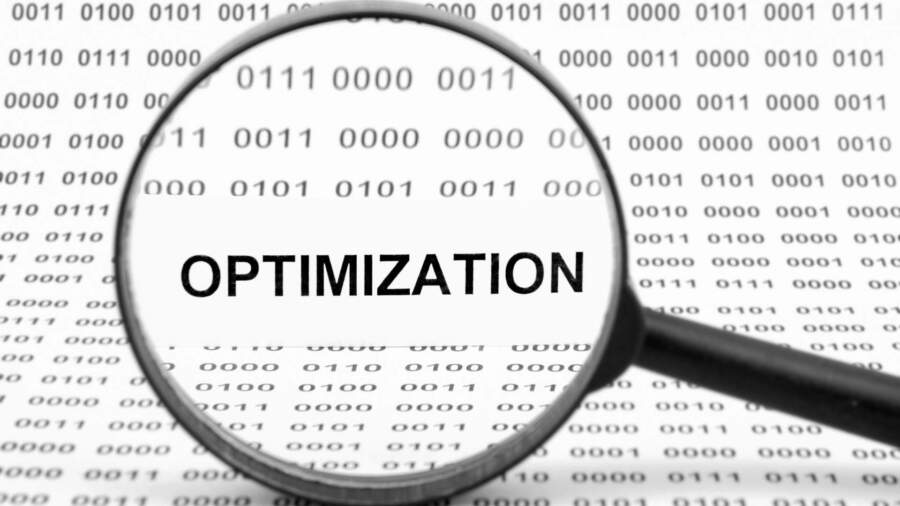
Monte Carlo analysis, also known as Monte Carlo simulations, are a wide range of mathematical algorithms which rely on random sampling to generate numerical results from a mathematical model. The core idea is to apply randomness to a particular problem that may be deterministic at first glance. The use of Monte Carlo simulation is not to show the results for the given model; it’s to show the effect of random variations over time on the model. If you are interested in using Monte Carlo analysis to improve your financial software or web site, then these few tips will help you get started.
There are two main types of Monte Carlo simulations. The first involves generating a large number of randomly selected simulated outcomes from a model and then checking their accuracy using statistical tools and statistical tests. The second type of Monte Carlo is much simpler, because all you need to do is randomly generate the same set of results over again.
When you start, you’ll need to select a set of parameters for your simulation. You can choose these parameters to be random and independent variables, and any other variables you want that should depend on those random variables. For example, if you have an algorithm that takes the difference between your current and average profits to calculate how much to take in each week, you’d want to include random parameters to determine whether your algorithm is working properly. If you don’t want the random parameters to depend on your algorithm, you can also include independent variables.
It’s important to understand the various Monte Carlo analysis techniques in order to use them effectively. These techniques can include the use of data from past simulations, the use of simulations with different parameters and different set of assumptions, and also simulations that are based on mathematical models and formulas. When you do this, you’re also helping to validate your assumptions in the simulation. This will help you figure out how to improve your algorithms.
The key to running simulations efficiently is to collect the data from a lot of simulations. The more data you collect, the better the results you’ll get. To do this, you need a data collection server that can store the results from many different simulations in its database and keep the results organized. It also needs to have the tools to analyze the data and produce the Monte Carlo analysis results.
As far as the data is concerned, you should keep all the simulations you have in the same server and make them accessible to all of your clients and employees. This way, you can share the simulations across all employees and clients. This will ensure that there are no conflicts. discrepancies in the simulation results when used together.
Make sure that you analyze the randomness of the parameters you’ve chosen carefully. If the simulation uses random variables that are not random, you will get different results from each simulation. This can lead to errors when the simulation is used in another simulation. Use the same random variable in one simulation to simulate a different parameter and then check to see if the results of that simulation agree with the results of the other simulations.
Once you have the data you need to run the simulations, you can use Monte Carlo analysis to improve your algorithm or create your own algorithm that can be used for future use. There are some tools on the server that will allow you to customize the algorithm and run it several times until you find the optimal solution. Before you can do this though, though, you’ll need to create a model and run several Monte Carlo simulations to generate the best results.


